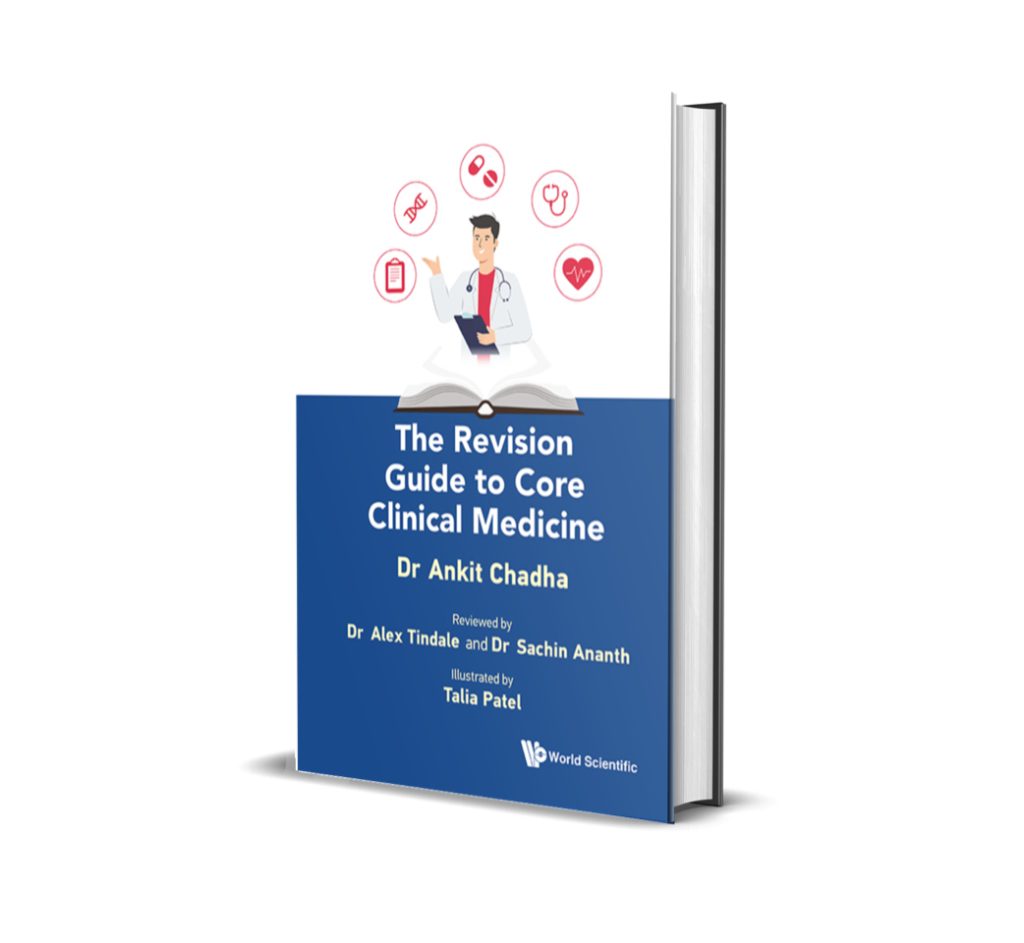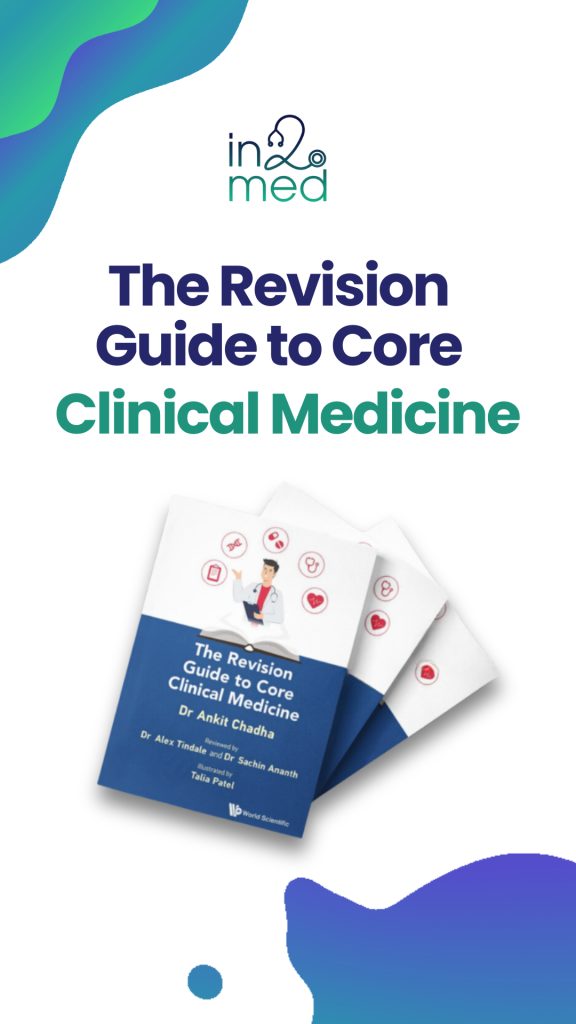Anaesthetics
Anaesthesia is a controlled temporary loss of awareness, with varying degrees of pain relief (analgesia), loss of memory (amnesia) and muscle paralysis.
General anaesthesia: this is believed to potentiate GABAA receptors and K+ channels and inhibit excitatory NMDA receptors.
Opioid pain relief (e.g., fentanyl): these provide very fast-acting pain relief.
Muscle relaxants (e.g., mivacurium, succinylcholine): these block the neuromuscular junction to stop muscle reflexes.
Inhalation Anaesthetics
These are complete anaesthetics as they cause loss of consciousness, analgesia and amnesia as well as immobility.
The potency is measured by the minimum alveolar concentration (MAC).
This is the minimum concentration of anaesthetic in the alveoli that results in immobility in 50% of patients when exposed to a surgical stimulus.
As the potency of the agent increases, the lower the MAC value will be.
For inhalation anaesthetics, the solubility of the gas in air vs blood is measured by the blood-gas coefficient:
λ = [anaesthetic] in blood / [anaesthetic] in gas
For low solubility gases, fewer molecules need to be present in blood to increase partial pressure.
This results in faster equilibrium giving rapid onset action and elimination.
High solubility gases are induced and eliminated slower as they redistribute into fat.
Nitrous Oxide (N20)
This is often useful as a combination drug, as it increases uptake rate of gas anaesthetics.
It lacks the potency for surgical anaesthesia and has no muscle relaxant properties.
Side effects
Postoperative nausea
Vomiting
Isoflurane, Desflurane, Halothane
These are inhalation anaesthetics which provide rapid induction.
Sevoflurane
This provides rapid induction with rapid recovery and is widely used in paediatrics.
It also causes bronchodilation, so it is useful for patients with respiratory difficulties.
Side effects
Agents cause a reduction in the BMR and the set point for thermoregulation, giving vasodilation and hypothermia
IV Anaesthetics
Propofol
A commonly used agent for quick sedation which has a short duration of efficacy.
It is used for many surgical procedures, with a relatively low side effect burden.
Side effects
Systemic hypotension from vasodilation
Etomidate
This is an alternative to Propofol and thiopental for rapid-onset, short-duration anaesthesia
Ketamine
This is an antagonist of NMDA receptors, so decreases glutamergic transmission.
It has similar MOA to memantine, an NDMA antagonist used to treat Alzheimer’s Disease.
Produces a special type of anaesthesia giving analgesia and amnesia without the loss of consciousness
Also, it is a cardiovascular stimulant for people in shock
Side effects
Distortions of reality
Hallucinations
LOCAL ANAESTHETICS
These drugs cause a transient reversible loss of sensation without a loss of consciousness, by blocking voltage-gated sodium channels in the inactivated state.
Amides – Lidocaine
Lidocaine has a rapid onset and intermediate duration of action (1–2 hours)
It is used for minor procedures, epidurals and spinal anaesthesia.
Esters – Procaine, tetracaine, benzocaine
Procaine is short acting and is used for infiltration anaesthesia (e.g., intradermally)
Tetracaine is long acting and is used for spinal anaesthesia and ophthalmology use.
Side effects
These are tolerated well. Side effects usually only occur in very large doses or if there is systemic absorprtion.
CNS (dizziness, sedation, tremor)
Cardiovascular (bradycardia, hypotension)
Disclaimer



